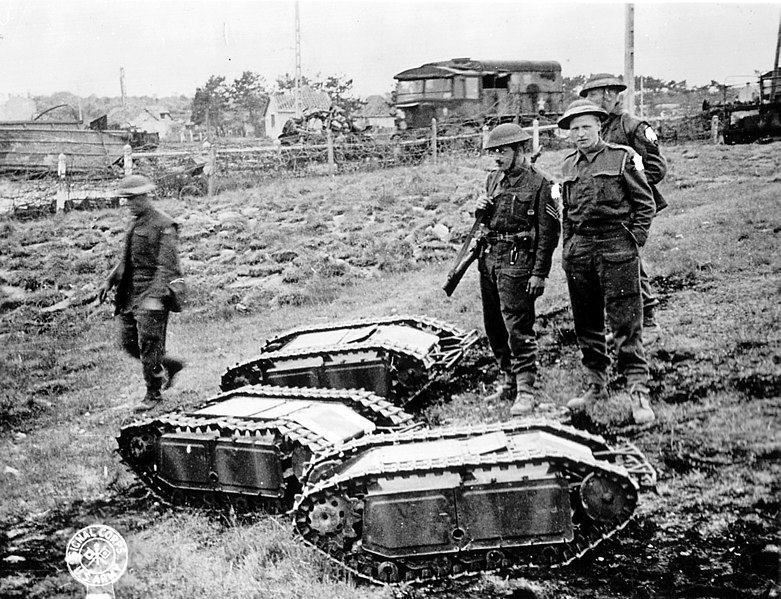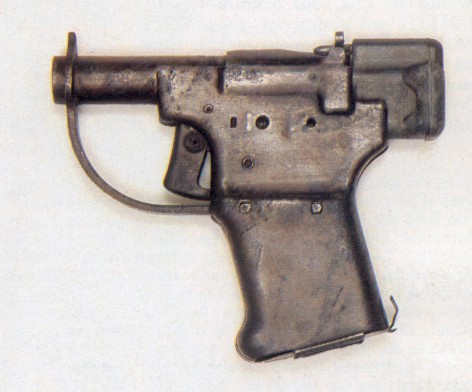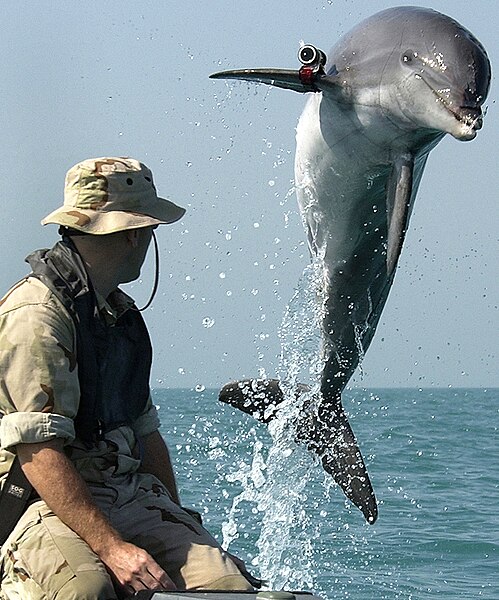
The blade (or multiple blades, as in the urumi pictured here) is flexible enough to be rolled up and stored when not used, or even worn as a belt and whipped out on demand.
The blade or blades are typically razor-sharp and bad news for anyone standing in the vicinity of the person wielding the urumi.
2. The Tekko-kagi ("hand claws")
Predating X-Men's Wolverine by hundreds of years, ninjas would use the tekko-kagi claws to guard against sword attacks, allowing them to swipe and potentially knock the sword from an assailant's hands.
Or, ninjas could use claws the claws offensively against their opponents with devastating results.
Typically made from aluminum, steel, iron or wood, tekko weapons are believed by martial arts historians to have originated when the Bushi in Okinawa, Japan began weilding the steel shoes of their horses as a means of self-defense against assailants.
3. The Kusari-gama

The Kusarigama was popular in fuedal Japan from around the 12th through the 17th centuries, and was taught in martial arts schools with its own form of fighting style, known as Kusarigamajutsu.
4. The Trebuchet

The trebuchet is also believed to be an early biological weapon, as armies would load the trebuchet with corpses riddled with diseases like the Black Plague and hurl them into areas under seige in the hopes of infecting large numbers of their enemies.
5. The Paris Gun

The Paris Gun had an approximately 92-foot-long barrel that could fire 210-pound shells and reach distances up to 75 miles away. Since it could fire great distances, the residents of Paris heard and saw no warning of incoming blasts, and while the potential physical damage from the weapon wasn't catastrophic, the uncertainty of when and where attacks would come struck fear into the heart of all of Paris.
The German military is believed to have destroyed the Paris Gun as the Allied offensive began.
6. The Goliath

The Goliath was essentially a mobile tank or mine that could be remote-controled from a safe distance from enemy lines to deliver explosives.
German automaker Borgward produced more than 7,500 of the Goliaths, but the weapons were ultimately deemed ineffective due to their slow speed (6 mph) and the fact that their control wires would often be cut by enemy soldiers or severed in explosions.
7. The FP-45 Liberator

The name stood for Flare Projector Caliber .45, which was meant to disguise the gun's mass production. GM's Inland Guide Lamp Manufacturing Division in Dayton, Ohio produced a million of the FP-45s, with a design-to-production window of just six months.
Whether it was this rushed prodcution schedule or GM's inexperience in crafting weapons, the FP-45 was an unreliable weapon and were often unusable after the first firing.
8. Japanese Balloon Bombs

Japan sent 9,000+ balloon bombs across the Pacific Ocean with the hopes of causing large numbers of US casualties. Approximately 1,000 made it to the US but caused only six known deaths. The balloons were found in areas as widespread as Alaska, Washington, Oregon, California, Arizona, Idaho, Montana, Utah, Wyoming, Colorado, Texas, Kansas, Nebraska, South Dakota, North Dakota, Michigan and Iowa, as well as Mexico and Canada.
The press cooperated with the US government by not reporting on the balloon bombs in the hopes of not panicking the American people, as well as not letting the Japanese know that any of the balloons landed on US shores. With little to no proof of their effectiveness, Japan ceased launching the balloon bombs after just six months.
9. Dolphins as Weapons?

Still, there have been reports over the years of other military uses of dolphins. A 60 Minutes report featured dolphin trainers who claimed they personally taught dolphins to intercept enemy divers of the coast of Vietnam. The dolphins were able to corral divers, tearing off their face masks and regulators.
In addition, the BBC reported that Russia sold its military dolphins to Iran for use in the Persian Gulf. Little is known as to how Iran deployed the dolphins.
10. Zip Guns

Popular versions include the flashlight pictured here, as well as cellphones that can hold multiple bullets, firing individual barrels when certain numbers are entered on the keypad.
Often zip guns are crude, and can't be used multiple times as the force of firing the bullet may render the weapon inoperable the weapon, but their impact can still be deadly.
